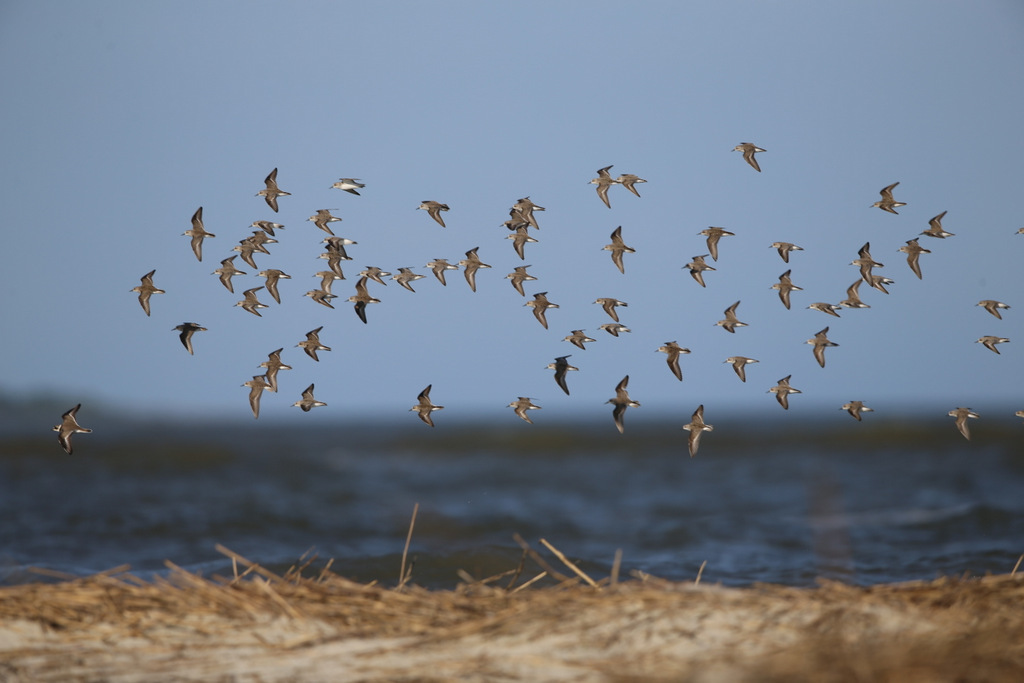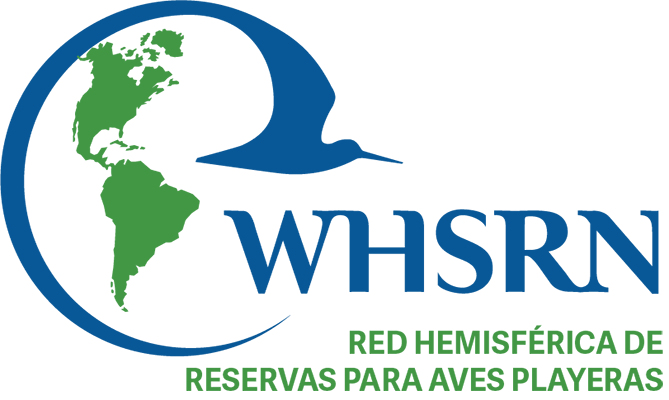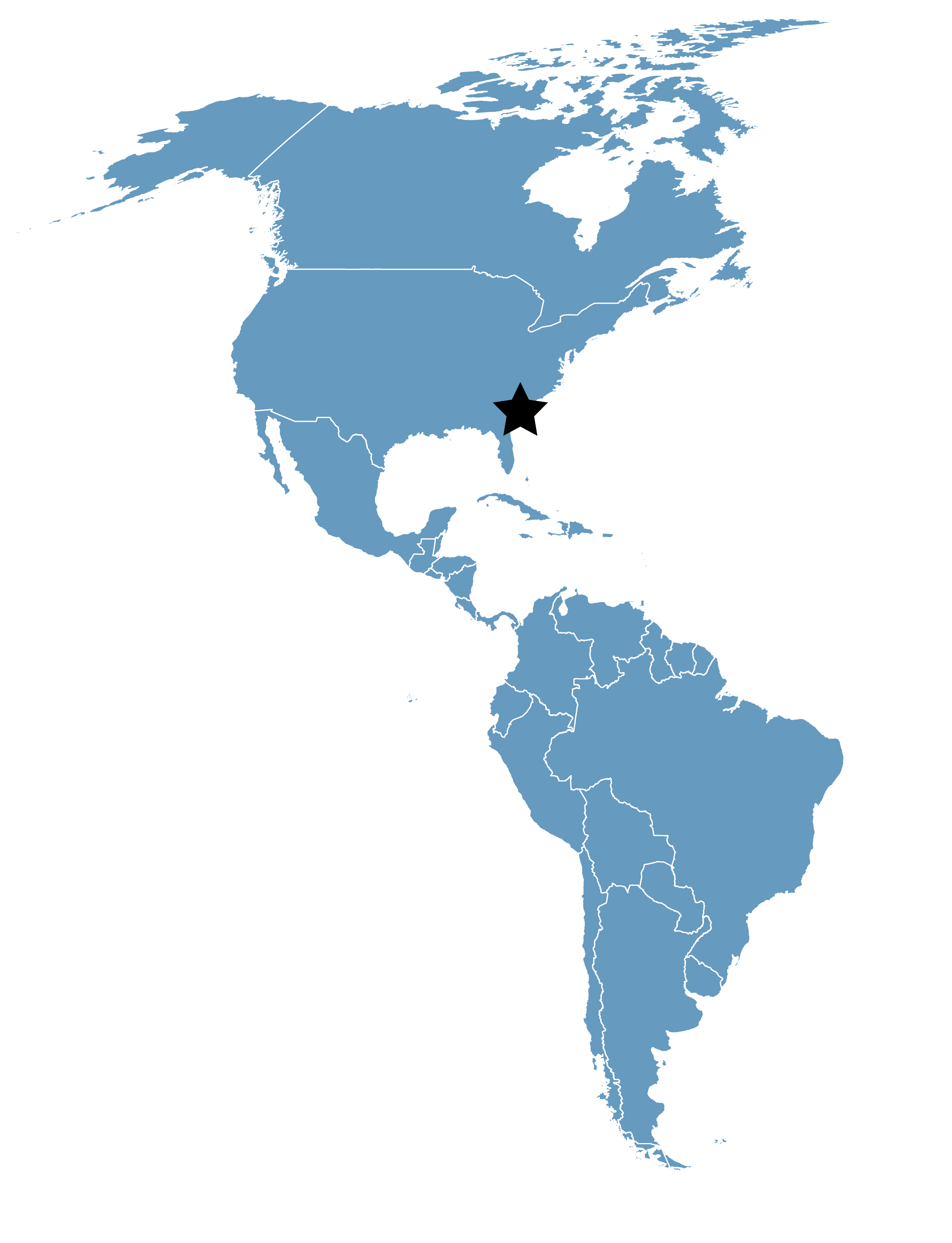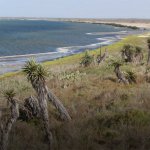Georgia Barrier Islands
Location
Georgia, United States
Category
Hemispheric
Basis for Designation
Holds more than 30% of the biogeographic population of rufa Red Knot Calidris canutus and of the Great Lakes breeding population of Piping Plover Charadrius melodus circumcinctus.
Size
32,257 hectares (79,709 acres)
Date Designated
October 2017
Site Owner
National Parks Service
US Fish and Wildlife Service
Little Cumberland Island
Little St. Simons Island
Cannon’s Point Preserve and Musgrove Preserve on St. Simons Island
Site Partners
Overview
The Georgia Barrier Islands WHSRN Landscape was designated due to holding more than 30% of the biogeographic population of rufa Red Knot Calidris canutus and of the Great Lakes breeding population of Piping Plover Charadrius melodus circumcinctus. Based on a band resighting study, the stopover population of rufa Red Knot on southward migration has been estimated at 23,400 birds, while up to 13,775 birds have been documented using the area during northbound migration. The area also hold more than 10% of the biogeographic populations of American Oystercatcher Haematopus palliatus, Short-billed Dowitcher Limnodromus griseus and Black-bellied Plover Pluvialis squatarola. Other noteworthy attributes include one of the largest spring gatherings of Whimbrel in North America, and impressive numbers of wintering shorebirds of many species.
The new WHSRN Landscape holds a variety of habitats of importance to shorebirds, including island beaches and dunes, offshore sand bars and extensive sand and mud flats exposed at low tides. One of the more remarkable attributes of the landscape is the number of natural inlets with no engineered channels. All of the inland sides of the barrier islands include extensive salt marsh, which provides critical foraging habitat for shorebirds year round.

Semipalmated Sandpipers (Calidris pusilla) out of South America stop in to feed on abundant food resources in April and May before continuing on to places as far away as Hudson Bay and Alaska. Photo: Brad Winn.
Georgia’s barrier islands are owned and managed by a diverse group of private and public entities, many of which have committed to the WHSRN designation. The Georgia Shorebird Alliance (GSA), a collaborative group of biologists, land managers, and organizations devoted to the protection of Georgia’s shorebirds, submitted the nomination. Commitment to the nomination comes from GSA members, including the National Parks Service (Cumberland Island National Seashore, Fort Pulaski National Monument), US Fish and Wildlife Service (Savannah Coastal Refuges Complex), and the privately-owned Little Cumberland Island, St. Catherine’s Island, Little St. Simons Island, and the Cannon’s Point Preserve and Musgrove Preserve on St. Simons Island. Together these comprise 79,709 acres or 32,257 hectares that have been included within the WHSRN Landscape designation.








